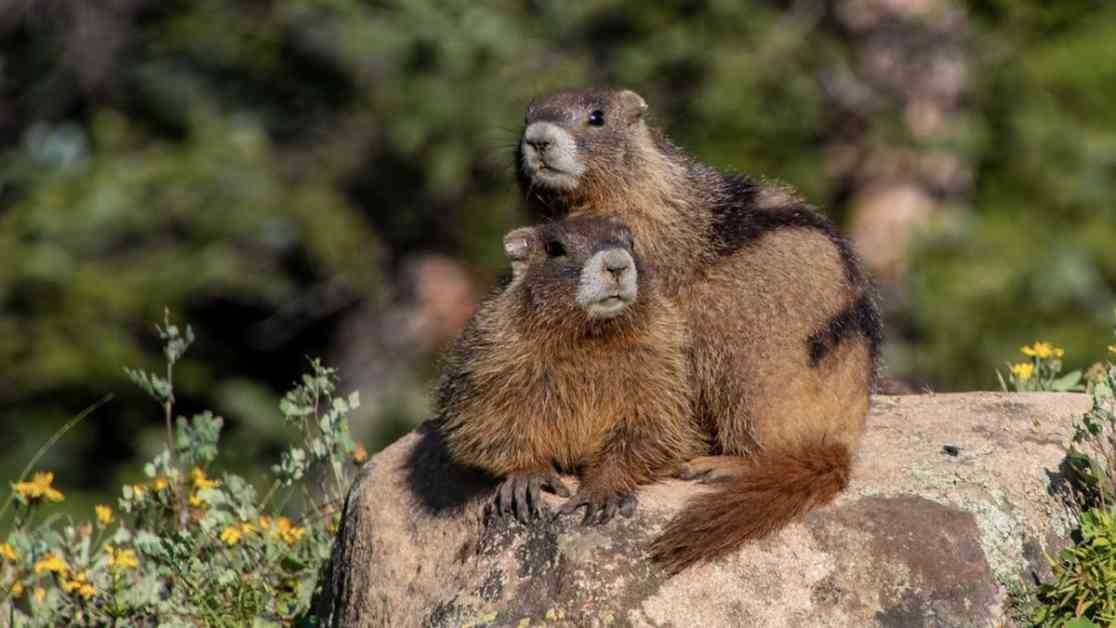Childhood trauma can have long-lasting effects on humans, and it turns out that wild animals can also experience adversity that impacts their behavior and survival rates. Researchers are interested in understanding how early life experiences can shape animal behavior and decision-making in the wild.
Wild animals face various stressors such as competition for food, predators, illness, extreme weather, and human-induced stressors like pollution and habitat destruction. To better protect wildlife, researchers have developed a cumulative adversity index based on the adverse childhood experiences score used in humans.
Using yellow-bellied marmots as a case study, researchers found that experiencing adversity early in life can significantly reduce an adult marmot’s odds of survival. Factors like late spring, summer drought, high predator presence, and parental characteristics all play a role in determining an animal’s well-being.
The research conducted on marmots revealed that even a single adverse event early in life can have a lasting negative impact on survival rates. This finding can help conservationists identify at-risk populations and implement targeted interventions to reduce overall stressors that wild animals face.
By developing a framework for a cumulative adversity index, researchers hope to expand this approach to other species and enable wildlife managers to make informed decisions about conservation strategies. Understanding how animals cope with multiple stressors can lead to more effective conservation efforts that address the diverse challenges wildlife populations encounter.
As climate change continues to impact ecosystems, tools like the cumulative adversity index could provide valuable insights into how animals adapt to changing environmental conditions. By identifying and addressing sources of adversity, researchers and conservationists can work towards ensuring the long-term survival of vulnerable wildlife populations.










